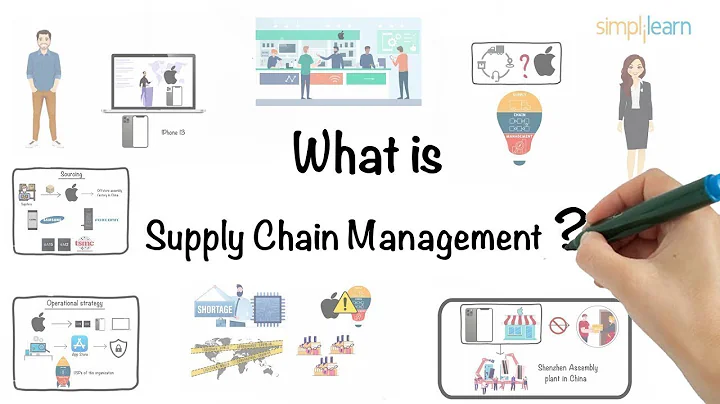Learn to Facilitate Breathwork Workshops Online and In-Person
Learn to Facilitate Breathwork Workshops Online and In-person with this comprehensive breathwork training. Past students say this program not only prepared them to lead breathwork workshops, but in many cases also transformed their relationships and overall life quality.
Breath Masters help people who are dealing with relationship issues or struggling to understand their emotional landscape and how they react to different situations in their lives. For therapists and counselors who often deal with these issues, getting certified in breathwork can provide them with an additional tool to help their clients heal and find peace.
Mindful Breathing in the Digital Age: Navigating Online Breathwork Training
The program has been designed to cater to all four learning styles, offering a mix of visual, auditory, reading/writing and kinesthetic learning materials in the course. The unique online platform contains all class recordings, required readings, an Inner Journey Workbook and more. It also offers a weekly Q&A session with the instructors which feels very personal, almost as if they are right next to you.
The program is well worth your time and money, allowing you to learn from the comfort of your home and at your own pace. There are plenty of support tools available, from the live sessions to the webinars and videos and even email and phone support for any questions you may have. The instructors are incredibly supportive and caring and you feel as though they really care about their students. Their love and energy for what they do is reflected in their teachings.
…




